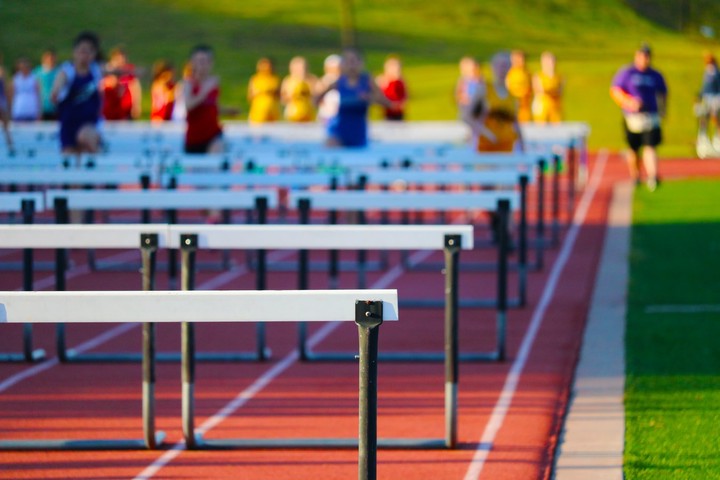 Image credit: Unsplash
Image credit: Unsplash
Abstract
Adolescent physical activity (PA) is widely linked to positive health outcomes. Unfortunately, 80% of adolescents do not meet recommendations, which may be due to perceived barriers to PA. Peer interactions significantly affect adolescent PA behaviors. This study aims to analyze distribution of PA barriers throughout adolescent friendship networks and barriers’ associations with PA.Adolescents (N = 383, mean = 10.77 y, SD = 1.30 y, 51.4% male) reported frequency of experiencing PA barriers (body related, social, fitness, convenience, and resource) and names of their friends. Average steps and minutes of moderate- to vigorous-intensity PA per day were measured using accelerometers. Linear network autocorrelation models determined if friends perceived barriers similarly when compared with non-friends and analyzed relationships between barriers and objective PA measures while controlling for network effects. Moderate- to vigorous-intensity PA, steps per day, body-related barriers, and social barriers displayed significant network effects, suggesting significant association with the scores of their friends. Average steps per day were significantly associated with age, sex, and social barriers, while inversely associated with fitness barriers. This research suggests adolescents’ perceived PA barriers are significantly associated with those of their friends. Researchers and practitioners aiming to reduce barriers to PA among adolescents may wish to assess peer reinforcing effects.